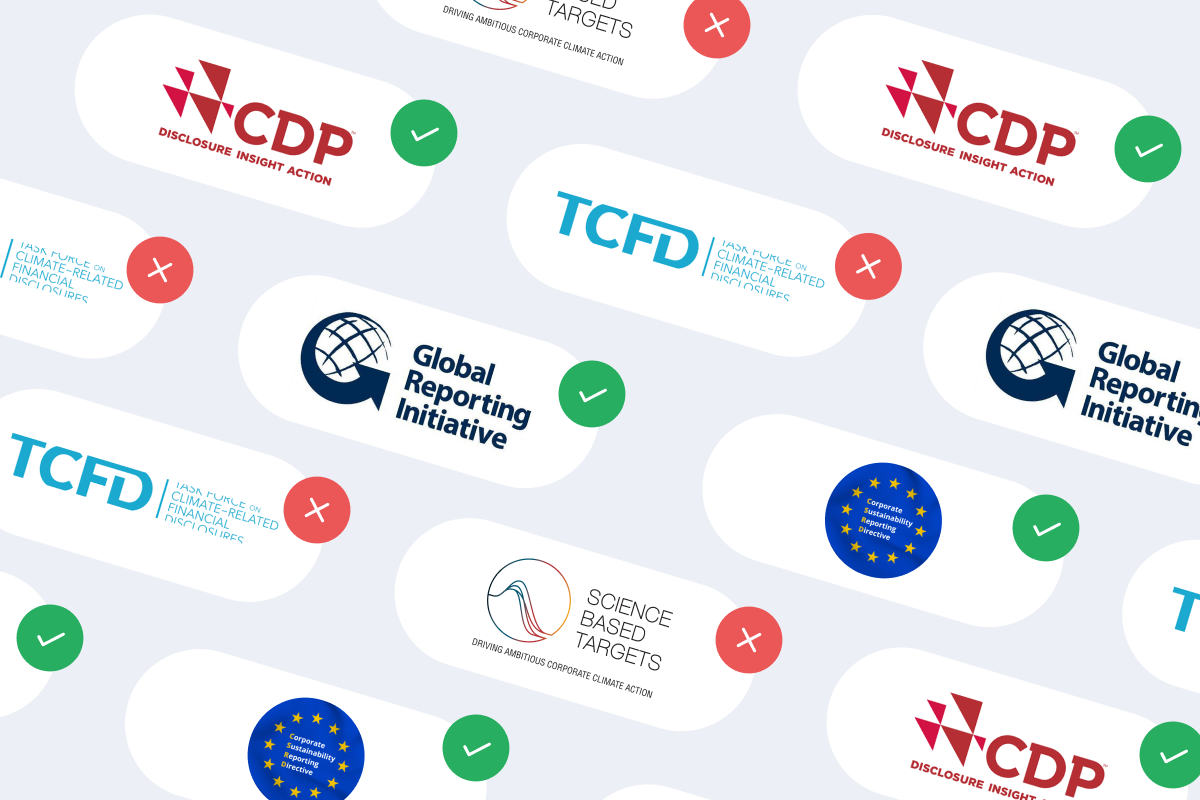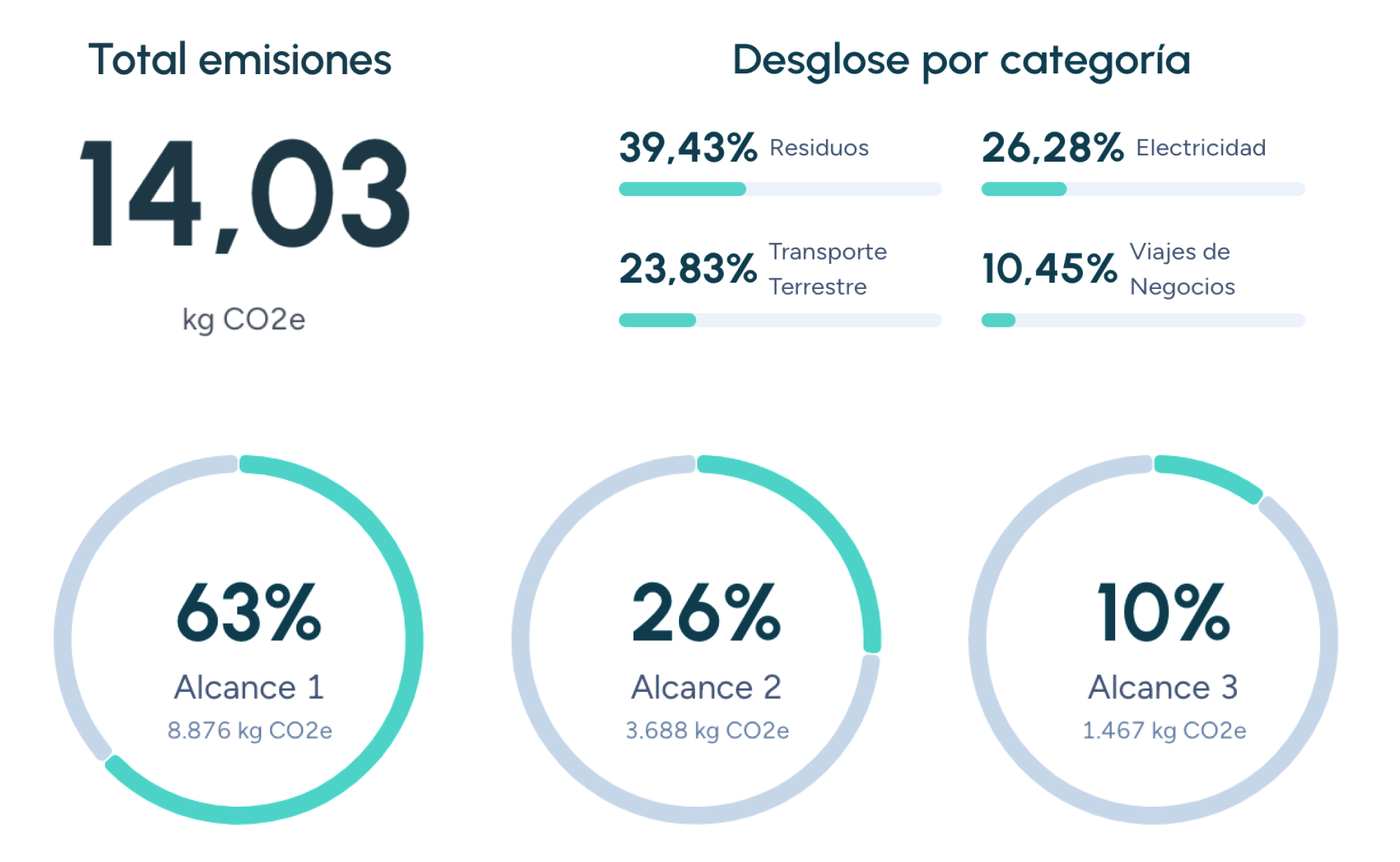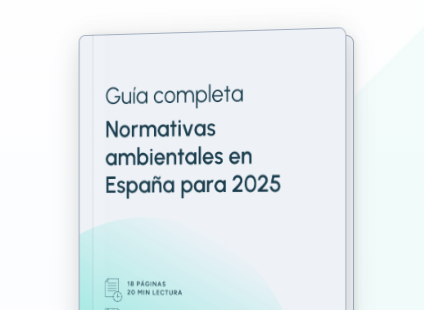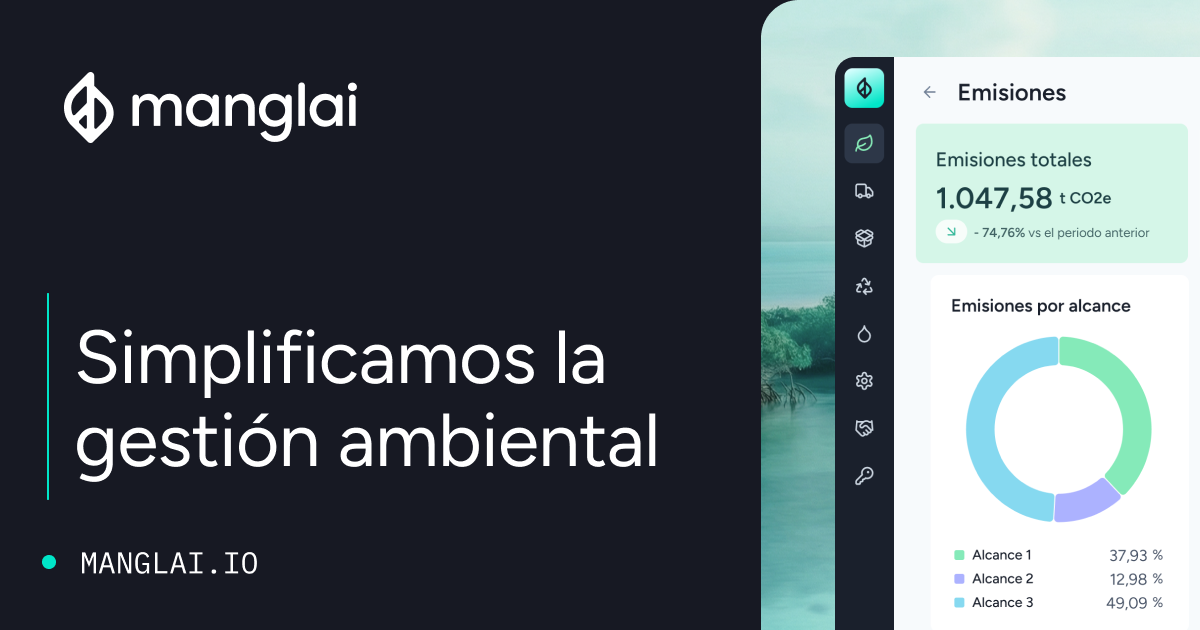Back to the blog
Water footprint
Technologies for Optimizing the Water Footprint in the Textile and Agri-Food Industries
Paula Otero
Environmental and Sustainability Consultant
Efficient water management has become one of the key pillars of industrial sustainability.
In water-intensive sectors such as textiles and agri-food, optimizing the water footprint is not only an environmental necessity but also a strategic one. Reducing water use and minimizing related pollution improves profitability, ensures regulatory compliance, and strengthens companies’ reputations among consumers and investors demanding transparency.
This article examines the most effective technologies to optimize the water footprint, their practical application in the textile and agri-food industries, and the key strategies to measure, reduce, and communicate results in a verifiable way.
What is the water footprint and why is it key to industrial sustainability?
The water footprint measures the total volume of freshwater used in the production of goods or services, both directly and indirectly. It consists of three components:
- Blue water: which represents water extracted from surface or groundwater sources.
- Green water: referring to rainwater incorporated into products or evaporated during production.
- Grey water: which quantifies the volume required to dilute pollutants generated by industrial processes.
In sectors like textiles and agri-food, the water footprint can account for 40% to 90% of the total environmental impact. Optimizing it has become a top priority in decarbonization and circular economy strategies — especially in Europe, where environmental regulations demand stricter water resource management.
If you want to understand how the water footprint relates to a full Life Cycle Assessment (LCA), we recommend reading our article: Life Cycle Assessment (LCA): How to Evaluate a Product’s Environmental Impact.
What are the main challenges in water management for the textile and agri-food sectors?
The main challenge for both industries is their high consumption intensity. The textile sector uses between 100 and 200 liters of water per kilogram of fabric, while cotton can multiply that figure by ten when considering the entire supply chain. In agri-food, agricultural irrigation accounts for over 70% of global freshwater consumption, with efficiency rates often below 60%.
Adding to this pressure is water pollution. Textile dyeing effluents contain synthetic dyes, microplastics, and heavy metals, while agro-industrial production releases nitrates, pesticides, and organic matter. This increases the grey water footprint, degrades ecosystems, and reduces water availability for other uses.
Finally, many companies lack monitoring and traceability systems that allow them to understand their real impact. Without accurate data, it is impossible to comply with international standards such as the Water Footprint Network (WFN) or ISO 14046, which are essential for producing credible sustainability reports.
5 Key Technologies to Reduce Industrial Water Footprint
Reducing the industrial water footprint requires moving beyond good intentions and adopting concrete technological solutions.
In recent years, digital innovation and advanced treatment systems have transformed how companies manage water. From smart monitoring to blockchain traceability, these technologies enable businesses to measure, control, and optimize every liter used — ensuring more efficient, sustainable, and regulation-compliant operations.
1. Smart monitoring and data management
The first step toward efficient water management is digitalization. IoT sensors measure flow, pressure, and water quality in real time at every production stage. Big Data platforms then process this information to detect leaks, anomalies, and inefficiencies.
Implementing such systems can reduce water losses by 10–25%, while providing a verifiable database for ISO audits or ESG reporting.
2. Water reuse and recirculation
Physico-chemical and biological treatment plants purify wastewater so it can be reintroduced into production. Technologies such as reverse osmosis (RO) or membrane bioreactors (MBR) achieve sufficient quality levels for reuse in rinsing, cleaning, or cooling operations.
This practice can reduce freshwater consumption by up to 80% and wastewater discharge by 60%, generating direct savings in supply and treatment costs.
3. Advanced treatment and purification
Advanced oxidation processes (AOPs), electrocoagulation, and nanofiltration represent the cutting edge of industrial wastewater treatment. These methods remove dyes, heavy metals, and refractory organic compounds, achieving purification rates of up to 95%.
They also ensure compliance with discharge limits set by the EU Water Framework Directive (2000/60/EC). In the textile industry, these technologies not only lower environmental impact but also improve final product quality by minimizing contaminants in finishing processes.
4. Artificial intelligence in agricultural irrigation
The integration of artificial intelligence, moisture sensors, and satellite imagery is transforming agricultural water management. Predictive algorithms determine the optimal water demand for each crop based on soil type, weather conditions, and plant growth stage.
The result is a 30–50% reduction in water use, up to 15% higher yields, and lower nitrate leaching. These technologies enable precision agriculture that balances productivity with sustainability.
5. Blockchain for water traceability
Applying blockchain to water management introduces a new level of transparency. This distributed ledger technology traces water sources, usage, and treatment across the value chain, ensuring data immutability and verification.
Such digital traceability builds consumer trust and opens access to markets that value verified sustainability, such as the European and North American ones.
What are the key integrated strategies for optimizing water management?
Technology alone is not enough. Effectively reducing the water footprint requires a comprehensive approach that combines technical measures with organizational and cultural change. The most effective strategies include:
- Conducting regular water audits with precise indicators (m³ of water per unit produced).
- Investing in staff training and a culture of responsible water use.
- Incorporating Life Cycle Assessment (LCA) to identify critical water consumption points.
- Implementing environmental certifications such as ISO 14046, EMAS, or Global G.A.P.
- Communicating progress through verified sustainability reports, avoiding greenwashing.
Optimizing the Water Footprint in the Textile and Agri-Food Industries: Environmental and Economic Impact
The experience of multiple European companies shows that water optimization technologies reduce total water consumption by an average of 35%, operating costs by 10–25%, and indirect emissions from pumping and treatment energy.
In the textile industry, this translates into reduced dependence on scarce water resources and better access to green procurement and public tenders.
In the agri-food sector, it means significant irrigation and treatment cost savings, as well as a competitive advantage with consumers who value responsible production.
How to Communicate Results Credibly
Transparency is essential to avoid greenwashing.
Companies should support their claims with verifiable data, rely on recognized standards such as the GHG Protocol or CDP Water Disclosure, and subject their results to external audits that ensure information reliability.
Learn more in our guide: How to Communicate Your Decarbonization Strategy and Avoid Greenwashing.
Water as a Strategic Asset for the Future
Optimizing the water footprint is no longer optional — it is essential for the continuity of industrial operations. Smart monitoring, advanced treatment, and digital traceability technologies enable companies to reduce environmental impact, improve operational efficiency, and strengthen market positioning.
Sustainable leadership will depend on the ability to turn data into decisions and communicate progress with precision. In a global context of increasing water scarcity, companies that prioritize efficient water management will be better equipped to face the climate and economic challenges of the future.
FAQs about Water Footprint Optimization in the Textile and Agri-Food Industries
How is a company’s water footprint calculated?
By summing the blue, green, and grey water volumes used throughout a product’s or process’s life cycle, following methodologies such as ISO 14046 or the Water Footprint Assessment Manual.
How does the water footprint differ from the carbon footprint?
The water footprint measures freshwater use, while the carbon footprint quantifies greenhouse gas emissions. Both are complementary within the Life Cycle Assessment (LCA) framework.
What are the benefits of implementing water optimization technologies?
They reduce water and energy consumption, improve profitability, ensure compliance with environmental regulations, and strengthen reputation with clients and investors.
Is it feasible to reuse water in industrial processes?
Yes. Technologies such as reverse osmosis, nanofiltration, and membrane bioreactors can recover up to 80% of treated water without compromising final product quality.
Paula Otero
Environmental and Sustainability Consultant
About the author
Biologist from the University of Santiago de Compostela with a Master’s degree in Natural Environment Management and Conservation from the University of Cádiz. After collaborating in university studies and working as an environmental consultant, I now apply my expertise at Manglai. I specialize in leading sustainability projects focused on the Sustainable Development Goals for companies. I advise clients on carbon footprint measurement and reduction, contribute to the development of our platform, and conduct internal training. My experience combines scientific rigor with practical applicability in the business sector.
Content
Companies that trust us
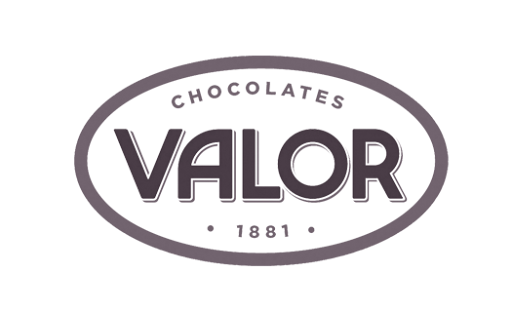
Water Neutrality: Is It an Achievable Goal for Industry in Spain?
Discover whether water neutrality is viable for Spanish industry. Methods and strategies to reduce water consumption.
08 December, 2025
Strategies to Reduce the Water Footprint of Companies
Learn techniques and tools to minimize water impact in processes and products.
03 September, 2025
Corporate Water Responsibility: Key Strategies for Water Management in Companies
Learn how companies can adopt responsible practices in water use and management.
01 September, 2025
Guiding businesses towards net-zero emissions through AI-driven solutions.
© 2025 Manglai. All rights reserved
Política de Privacidad